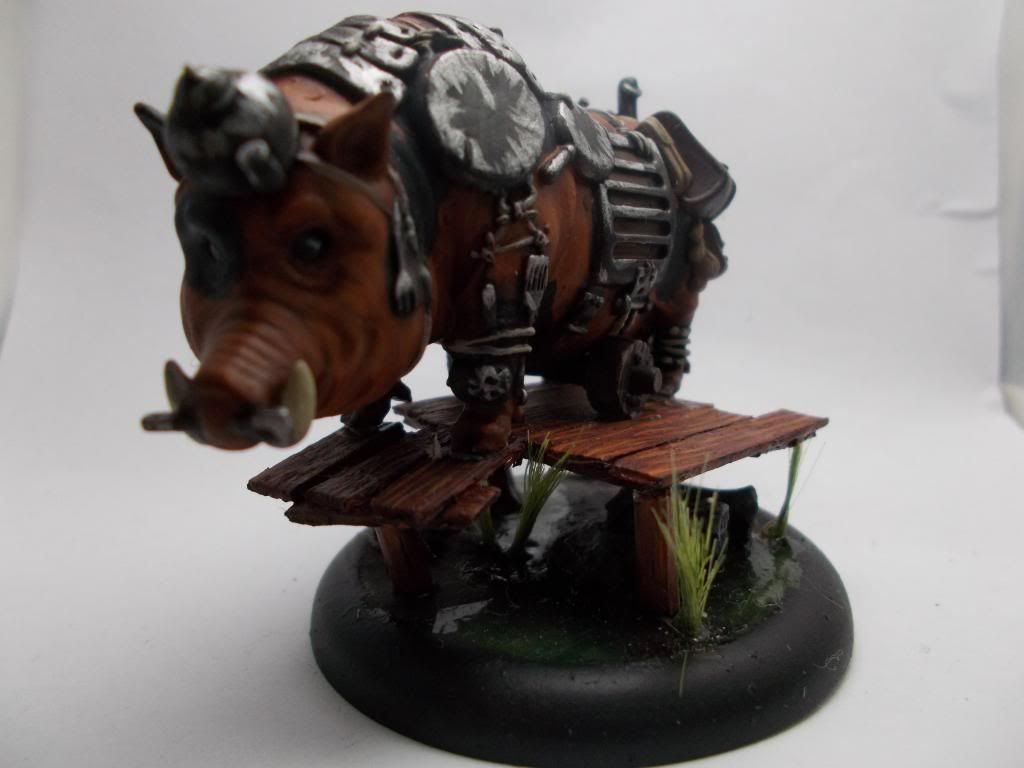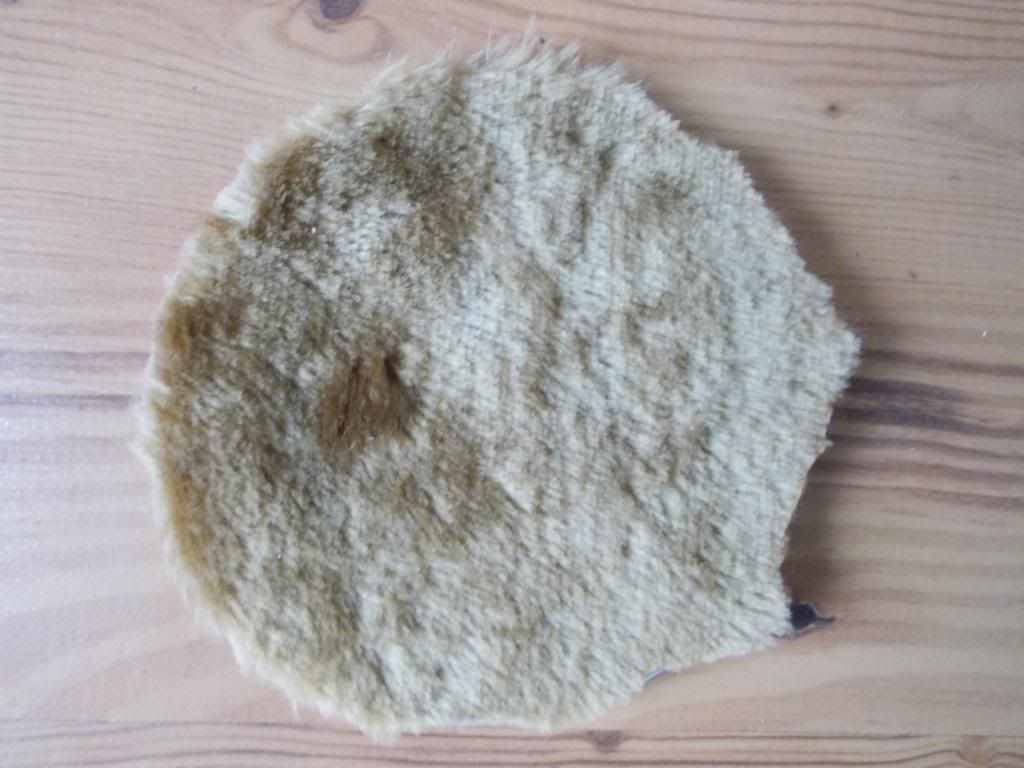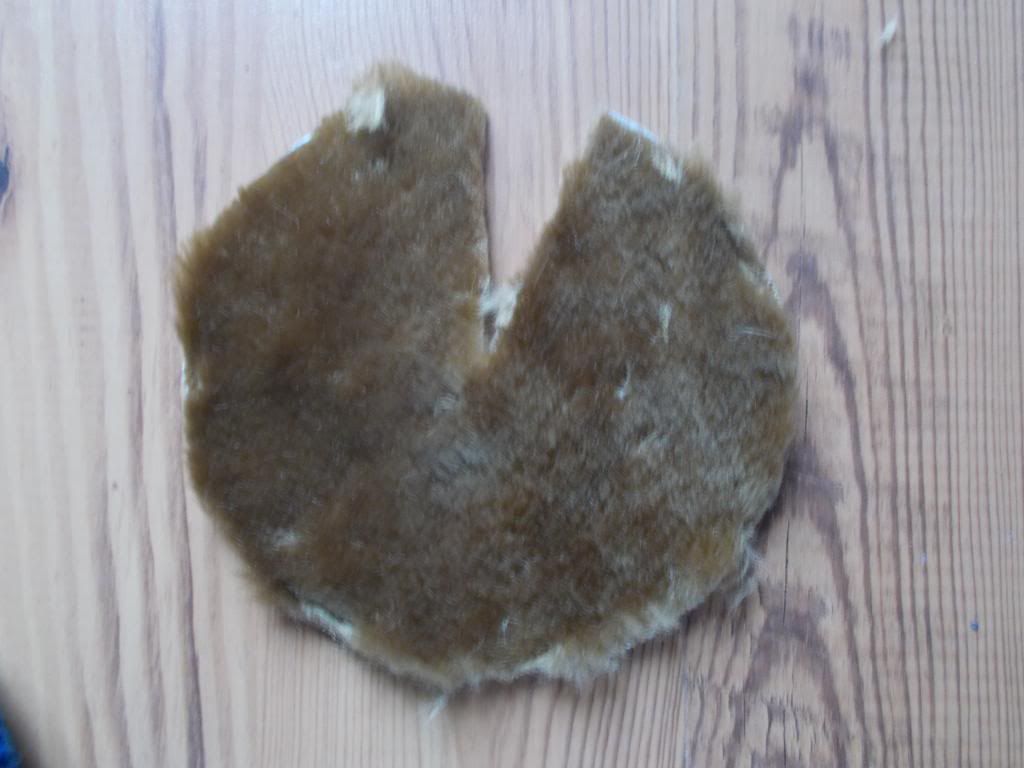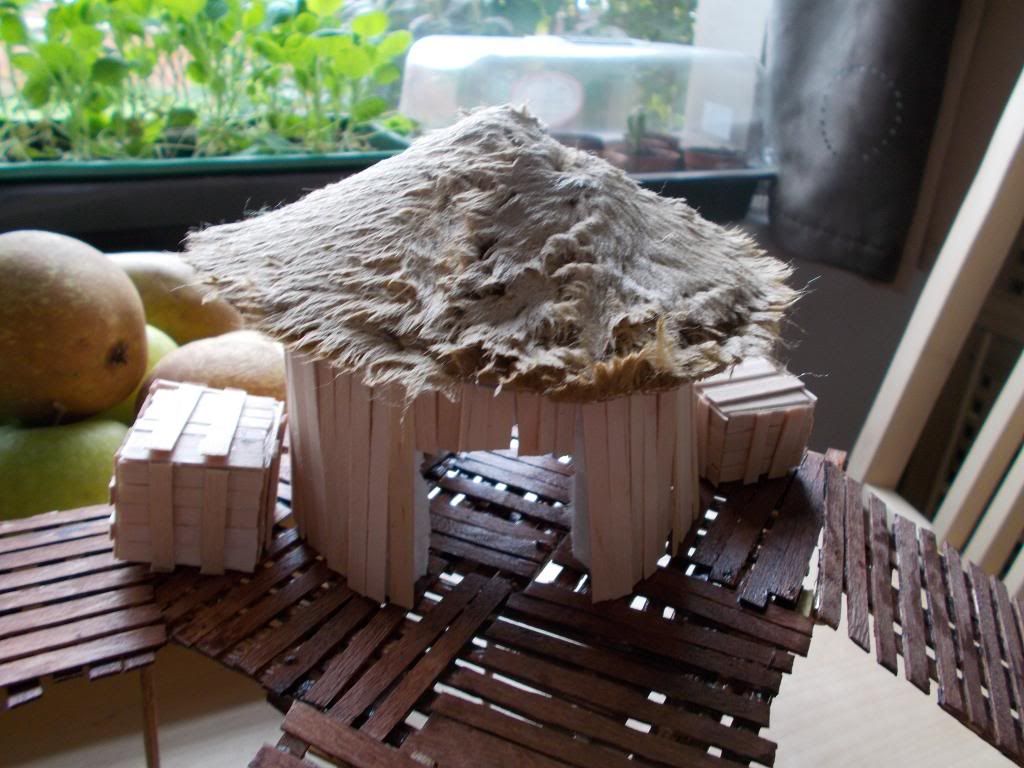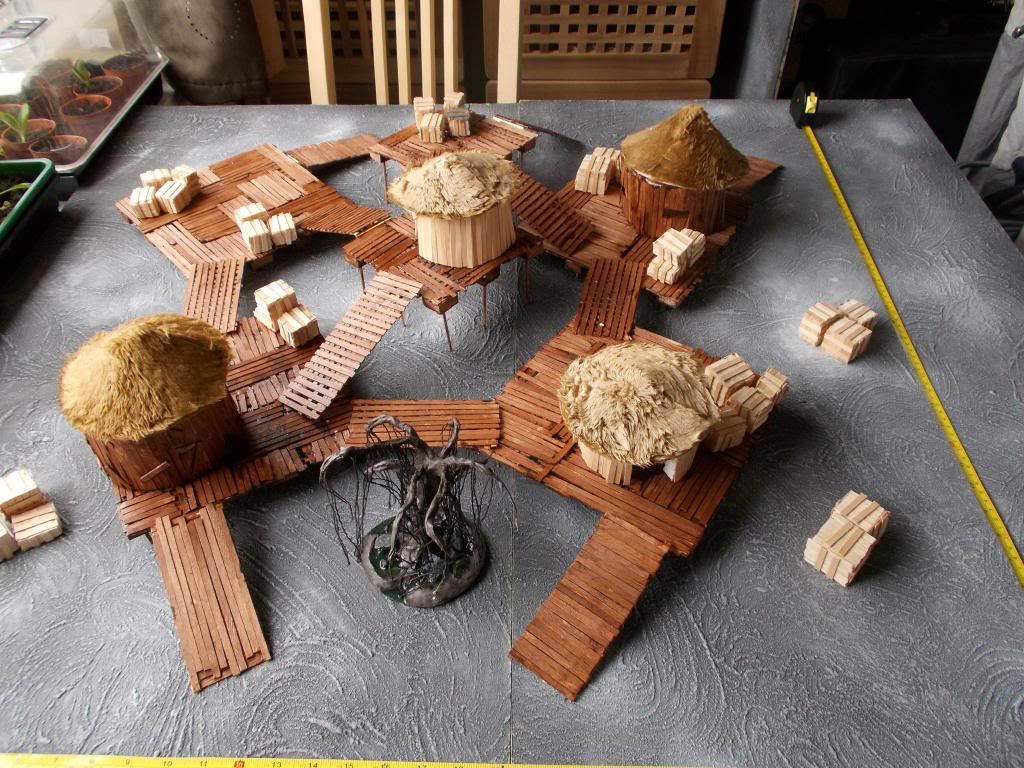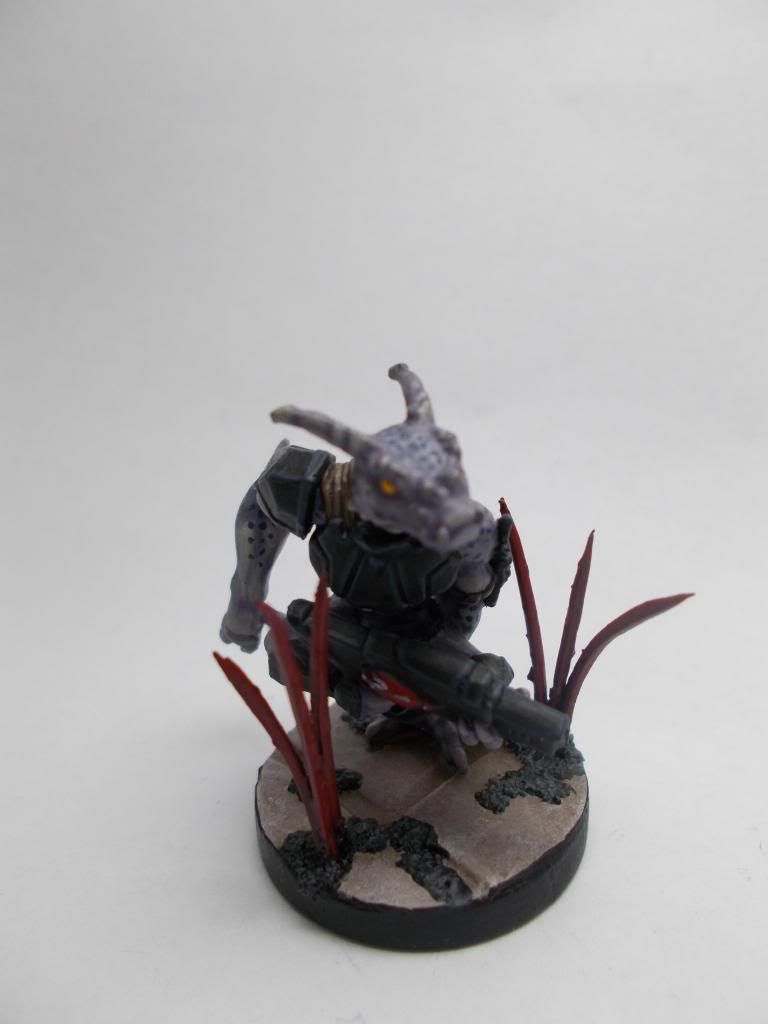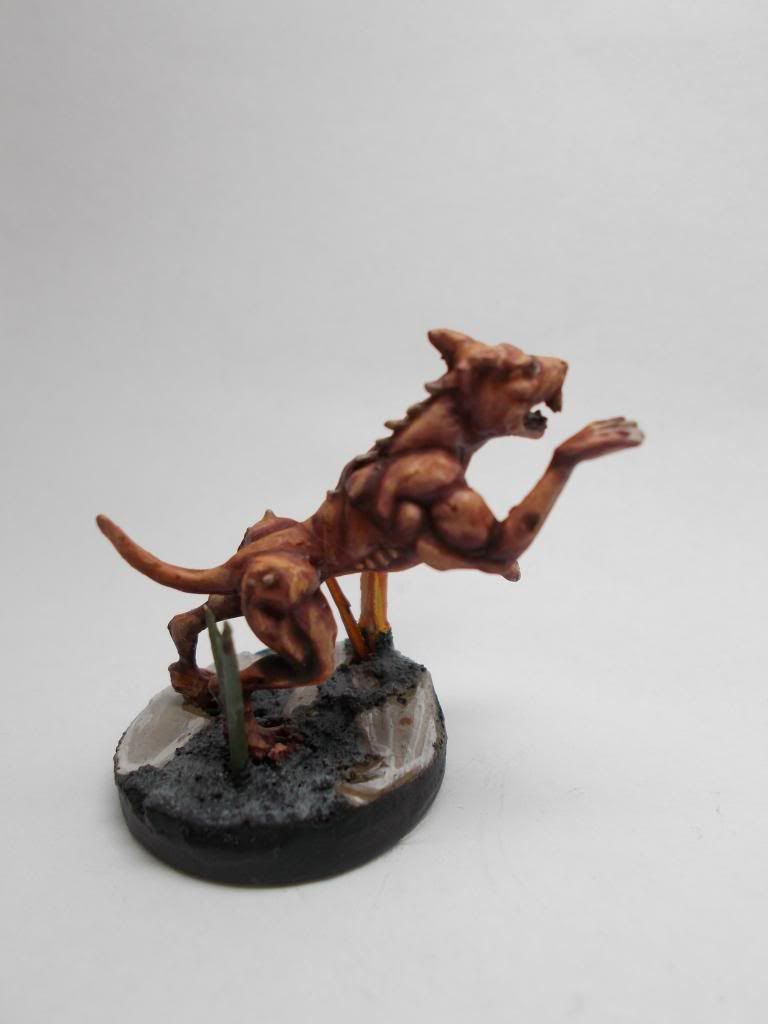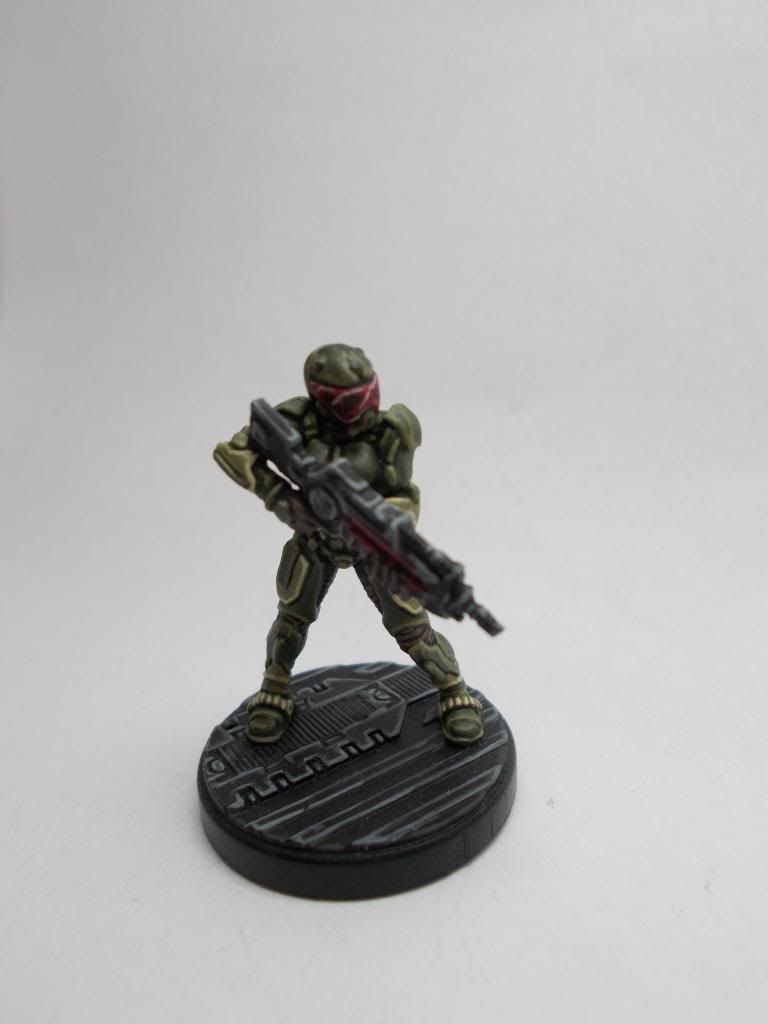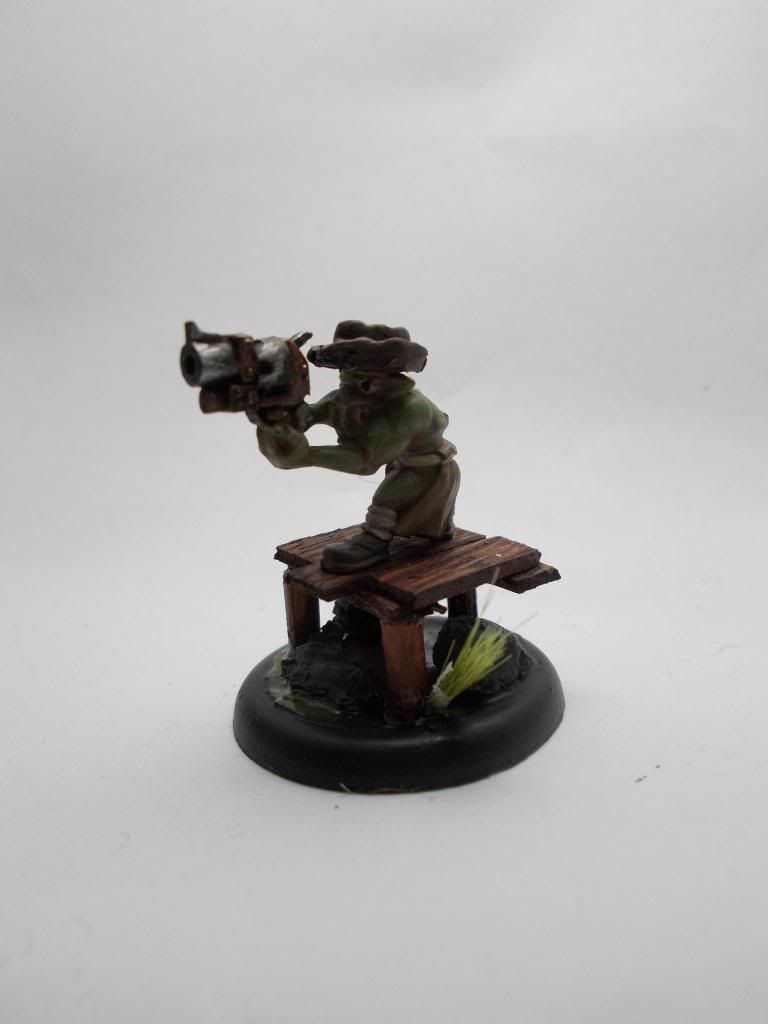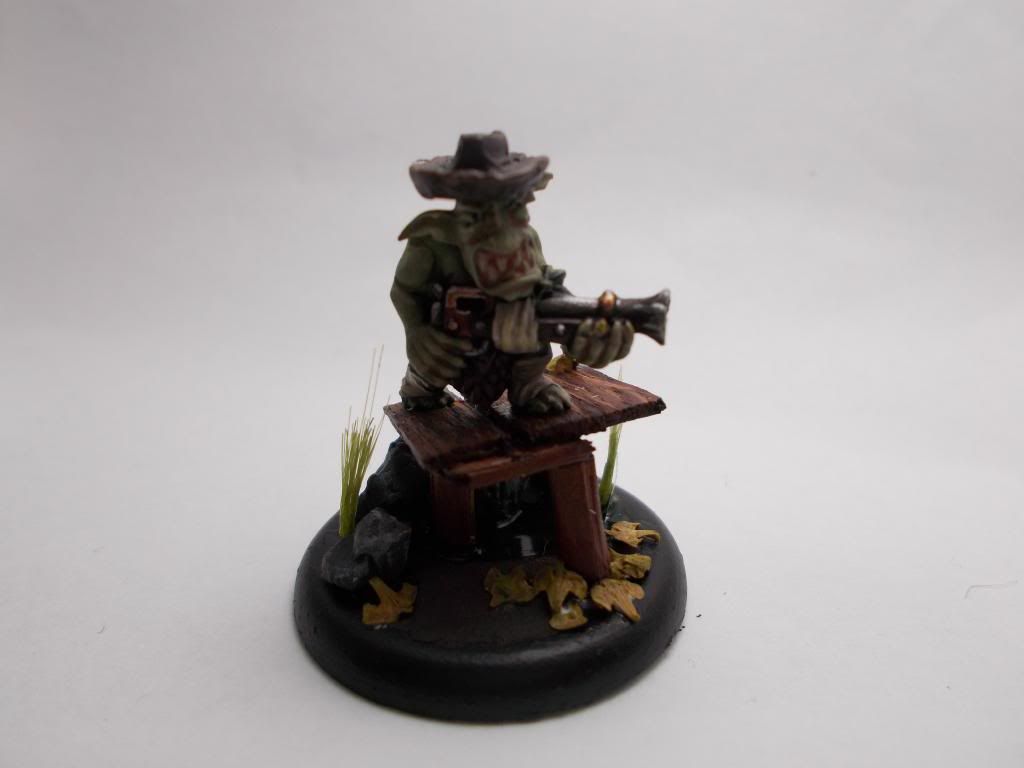Yesterday I mentioned that creativity and individuality were important to me in the game, the reason this is because it feels like you can develop your own story in the games we play. A while ago, in order to try and support this concept, I made (quickly, so I am sorry if the following rules are cumbersome) rules for a Malifaux campaign. It never kicked off. I am not too concerned about getting it started now. I don't think my local scene, because of all the new players, would be able to run this effectively. I was just wondering why it didn't work before. I think it might be because, despite how much I value the ability to make your own stories, people have become very attached to certain characters and stories that already exist in Malifaux. I would love to hear whether people thought this was the case and what people think of the campaign. here goes:
Malifaux Campaign
Forces
This campaign is designed to tell the story from humble
beginnings to Master of Malifaux. Each player must select a single minion to
lead their crew. This minion is paid for with their normal cost, unlike masters
or henchmen when they are leaders, out of their total force cost of 30ss,
however players may only chose minions or peons to be in their crew. This force
may not be changed, but later you may add to your ‘pool’ (explained below). The
leader is allowed to take a single upgrade, as if they were an enforcer and are
treated henceforth as enforcers, but all upgrades are included in the allotted
pool. Soulstones are not included in the ‘pool’. All players have a cache of 0.
Map
The map is made up of sections. Each of these sections will
be either neutral, or be influenced by one of the players. The more sections
you have influence over, the more power your crew will have. Each player will
have a base of operations, this may not be contested (see below) by opposing
players. For each section connected to your base of operations, to be connected
there needs to be an unbroken chain of influences sections between your base of
operations and the section in question, will add to 5ss to your ‘pool’. Your
‘pool’ is the models you have available to you, your crew may change only with
those models in your pool. Thus, the more sections you have, the more variety
you have but not the larger force. Upgrades are included in this pool.
Each map section will also have a business. This can be
anything from mining to whoring. When you have the majority of each kind of
business on the map you are said to have ‘monopoly’ of that business.
Initially, crews are only allowed to have minions and peons selected (in
addition to your character), but for each monopoly selected you increase the
models available to your crew:
|
Number of monopolies
|
Available crew
|
Character level
|
SS of games
|
|
0 monopolies
|
Minions and peons
|
Enforcer
|
30
|
|
1 monopolies
|
Enforcers
|
Henchman
|
40
|
|
2 monopolies
|
Henchman
|
Master
|
50
|
|
3 monopolies
|
victory
|
victory
|
Victory
|
Remember, players may only select their crew from what they
have avallable in their pools. The Soulstone level of the games does not
increase until all players have reached the relevant level (e.g. all Player’s
characters must be a henchman before games are played at 40ss)
If a player has three monopolies, then they have won the
campaign.
Character
The campaign tracks a ‘character’ as they rise to glory,
this is essentially the star of your show and allows you to develop something
truly unique. Each player must pick one minion level model to use as their
character but, as the table above shows, they count as an enforcer so may take
one upgrade. Throughout the campaign the player must keep a tally of how many
scenarios the character took part in, how many they survived and, if they died,
who killed them (which player will do, but you can always keep a grudge going
if you like). If they survived more than they died when you gain a monopoly you
may select one rule from any model in your faction of the level you were
previously (this can be an action or special rule) e.g. when you gain your
first monopoly you may pick any enforcer level ability. If you died more than
you survived, the player who killed your character the most may pick any
special rule to add to your character from the faction (exactly the same as
before). This upgrade is permanent, unlike the models you can recruit, so if
you lose your monopoly you model remains the same level (and doesn’t go up
again if you regain the number of monopolies).
Missions:
Turns:
Each turn in Malifaux
will result in a number of missions being generated. This number of missions is
equal to the number of players divided by two, round down, and add one. E.g. if there were 4 people playing there
would be 3 missions generated (4/2=2 2+1=3) but if there was 5 there would be 3
(5/2=2.5 round to 2 2+1=3). Each of these missions will be generated by
flipping a card and comparing it to the relevant scenario in the chart provided
in the story section of the Malifaux rulebook and flipping two cards for schemes
just like in a normal game of Malifaux. Each player will then secretly select
which mission they will involve their crew in and then reveal them at the same
time. If more than one crew has selected the mission then all players must
fight a battle based on the rules on the card. The person who wins the scenario,
or the only player to choose it, may then select any section on the map to add
to their influence. In addition to this, some missions will also have
additional rewards which will be explained. Unless otherwise stated, these
rewards will only effect the next scrap your crew is involved in (even if your
next fights isn’t for another 5 rounds).
Contesting:
When you select a section for your crew to gain influence
over you may select sections already controlled by another crew. In this case
you are said to contest the section. In the next turn when missions are chosen
the contesting player may not choose a mission, their crew is busy. Randomly
generate a mission in the same way that the other missions are generated for
the contested section. The defending player may, secretly, select either a
mission or to defend their section and this is revealed at the same time as
everyone else. If the defender does not chose to defend their section, then it
is added to the attacker’s influence, otherwise a scrap is fought.
Loot:
Winning battles will also provide loot to the victor’s
leader. The type of loot won in the mission is determined at the same time as
the mission, so people know what they are fighting over. To generate simply
flip a card and compare it to the table below. Remember that these only effect
your leader and last for one game:
|
Number
|
Loot
|
|
Black Joker
|
None
|
|
1
|
Cursed: This model may choose to reduce the damage by a friendly
model within 6” by 1 and take 1 wound which may not be reduced or prevented
in anyway.
|
|
2
|
From the Shaddows: This model may deploy anywhere on the table that
is not within 6” of the opponents deployment zone. This model may not take
interact actions on the first turn.
|
|
3
|
Armour +1: Reduce damage suffered by this model by 1, to a minimum of
1.
|
|
4
|
Prepared field: Any model which charges this model must take damage
as if entering hazardous terrain.
|
|
5
|
Once per game, this model may gain the fast condition at the start of
its activation
|
|
6
|
Select one piece of terrain on the battlefield in your next
encounter, after determining deployment zones and who is in which zone, this
terrain counts as hazardous for the rest of the game.
|
|
7
|
Hatred: Select one model in the enemies’ crew. Against this model you
get positive attack flips.
|
|
8
|
This model may use soulstones in the next encounter
|
|
9
|
Distracted: Whilst the enemy leader is within line of sight of this
model, it may not take interact actions
|
|
10
|
Companion: This model may activate as a chain activation if another
friendly model finishes its activation within 6” of this model.
|
|
11
|
Accomplice: Another friendly model may activate as a chain activation
if this model finishes its activation within 6” of it.
|
|
12
|
Infiltration: Pick one model in the enemies’ crew, this model has
negative attack flips against this model for the duration of the encounter.
|
|
13
|
Empowered: At the beginning of this models activation it may add one
to any of its stats. This bonus lasts until its next activation
|
|
Red Joker
|
Player may pick any after the game
|


